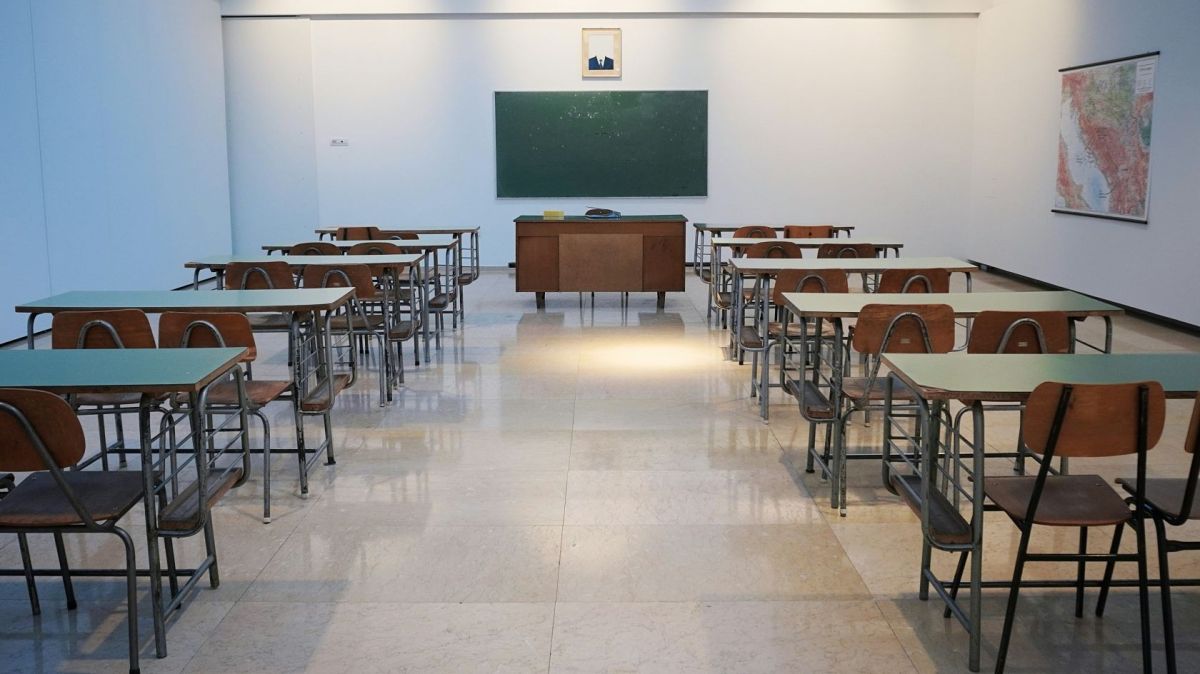This draft syllabus is set to begin in 2026, with classroom teachers expected to introduce foreign languages to students in third to sixth class, and schools will select the language they offer based on their resources and demographics.
The phased implementation of this initiative will start with simple language awareness and greetings before progressing to basic communication in fifth and sixth class, focusing on oral skills. Training for teachers will span five to six years, allowing them to develop expertise in the new subjects.
The Department of Education’s plans aim to reinforce schools and educator’s ability to teach foreign languages at a primary level, which is currently a feature of the curriculum across the European Union. With approximately 1,400 Irish primary schools participating in the “Say Yes to Languages” module since 2021, the government hopes to expand language learning opportunities for children from an early age.
However, concerns have been raised regarding teacher’s proficiency in French, German, and other languages. Many believe that teachers need to possess both confidence and competence in the languages – such as knowing the necessary vocabulary and correct pronunciation – to provide high-quality lessons. Some educators fear their lack of language skills could result in a “tokenistic” approach to teaching.
In addition, the introduction of foreign languages at primary level has sparked debate about the time allocated to other subjects, particularly Irish. Under the draft plans, the time devoted to teaching Irish will reduce from 3½ to three hours per week, which could potentially dilute the language’s status in schools and society more broadly.
As the shift toward foreign language learning progresses, the Department of Education is encouraging schools to use innovative teaching methods, including technology, to ensure a well-rounded education for students.















